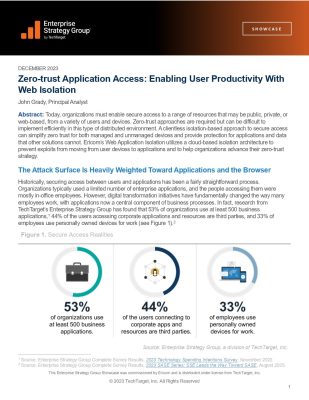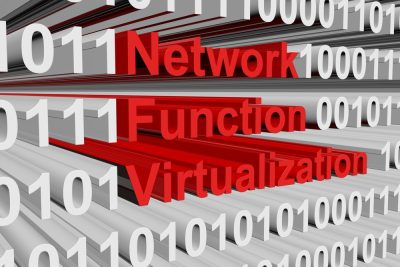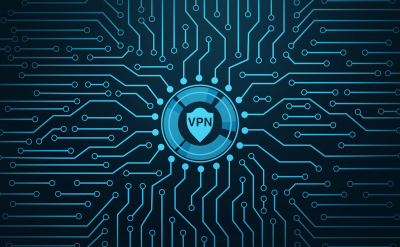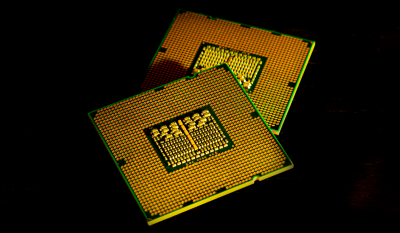Highlights:
- In case of issues like outages or security breaches caused by faulty changes, Network Configuration Management (NCM) allows quick recovery by restoring a trusted backup configuration.
- Network Configuration and Change Management (NCCM) is the systematic process of controlling and managing changes to network infrastructure.
In the current digital environment, network configuration management (NCM) transcends technicalities to become a strategic necessity, crucial for your organization’s efficiency, security, and overall success. For C-suite executives, grasping the strategic importance of NCM is essential for making decisions that align with the company’s long-term objectives.
An NCM involves managing network devices and their configurations throughout their entire lifecycle, not just at specific admin checkpoints. Every network device undergoes this process, including discovering the device, backing up configurations, monitoring, alerting for changes, restoring previous configurations, and comparing versions. Network configuring is crucial to network security, supporting various security protocols.
Overview of Network Configuration Management
Network configuration manager is a powerful NCM tool that offers comprehensive solutions for managing the entire lifecycle of network devices and their configurations. It provides capabilities for change management, network configuration, and compliance.
Additionally, network configuration manager supports essential network operations such as automating complex tasks, scheduling backups, tracking user activities, generating detailed reports, and much more.
Functions of Network Configuration Manager
A network configuration manager streamlines your network infrastructure’s security, stability, and efficiency by tracking system alterations, device configuration, and ensuring security protocol compliance.
- Discovering network device
The first step in network manager configuration is discovering and adding devices to the inventory. Maintaining records of network devices and their hardware properties enhances admin visibility and facilitates regular audits. A comprehensive inventory that includes interface details, serial numbers, hardware specifics, and port configurations is essential for creating accurate audit reports.
- Configuring backup
Operators must regularly back up their network configurations to be prepared for network mishaps. In case of security breaches or outages caused by faulty changes, NCM enables immediate recovery by restoring a reliable backup configuration.
- Configuring change management
Record user activity to quickly identify configuration changes and prevent unauthorized modifications in a multi-operator network. While this reduces risks, it doesn’t eliminate them. In case of issues, use configuration backups to restore trusted versions and ensure business continuity with the network configuration manager.
- Executing complex network operations
Network configuration manager can automate IT services and operations. For example, changing passwords on all routers individually is tedious. With the help of configuration templates, you can apply changes to all devices centrally. These templates also allow for scheduling, so the operation can be executed without requiring user presence.
Understanding the role of a network configuration manager sets the stage for appreciating how Network Configuration and Change Management (NCCM) builds on this foundation to enhance network stability and security further.
Network Configuration and Change Management
Network configuration and change management is the systematic process of controlling and managing changes to network infrastructure. This involves making, detecting, and logging changes so businesses can quickly identify differences between the current network configuration and archived versions. NCCM highlights which lines have changed, what they were, and what they are now.
Many NCCM systems can automatically generate reports whenever a change occurs. These reports are essential to ensure that modifications do not disrupt regular network operations and to minimize potential risks. NCCM is the systematic process of controlling and managing changes to network infrastructure.
Exploring the features of NCM reveals how these capabilities collectively enhance network’s efficiency, security, and economic control.
Features of Network Configuration Management
Network configuration management tools vary widely, but you should expect certain essential features—don’t settle for less.
(Infographics to add here)
How to Select the Optimum NCM Tool
Choosing the right network configuration management suite for your company requires a thorough evaluation. Base your decision on factors like functionality, features, ease of use, scalability, and security. Businesses can adhere to the following criteria for appropriate selection:
- Reporting capability
Configuration management and monitoring reporting provide a list of devices, indicating which are failing and successfully uploading configuration files, along with policy check results.
- Policy compliance monitoring
Network configuration compliance involves verifying configurations against centralized company policies. Companies can check for required patterns in configuration files and raise alerts if patterns are missing or if unwanted patterns, which could indicate security issues, are found.
- Vendor coordination
Some network device configuration management tools are vendor-specific, while others from third parties support multiple vendors. Companies often choose their vendor’s software for convenience, which can complicate managing diverse equipment introduced by decisions or mergers.
- Automated rollback
The NCCM involves detecting and correcting policy failures, often by rolling back to the last successful configuration. If a change fails a policy check, it automatically reverts to the previous version. While some organizations are cautious about automating network configuration changes, opinions on automation vary.
Concluding Lines
For C-suite executives, investing in robust network configuration management is not merely a technical necessity but a strategic advantage. By enhancing security, improving operational efficiency, and enabling strategic flexibility, NCM tools ensure driving all-inclusive organizational success. Embracing NCM as a critical component of your IT strategy can safeguard your network, optimize performance, and support your company’s growth and innovation.
By understanding and leveraging the power of network configuration management, you can ensure that your organization remains resilient, secure, and agile in the face of an ever-evolving technological landscape.
Indulge in a carefully chosen collection of whitepapers on IT infra intended to expand your knowledge through in-depth analysis and extensive insights.
























































